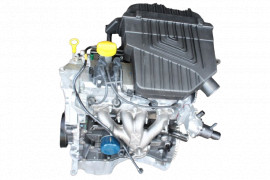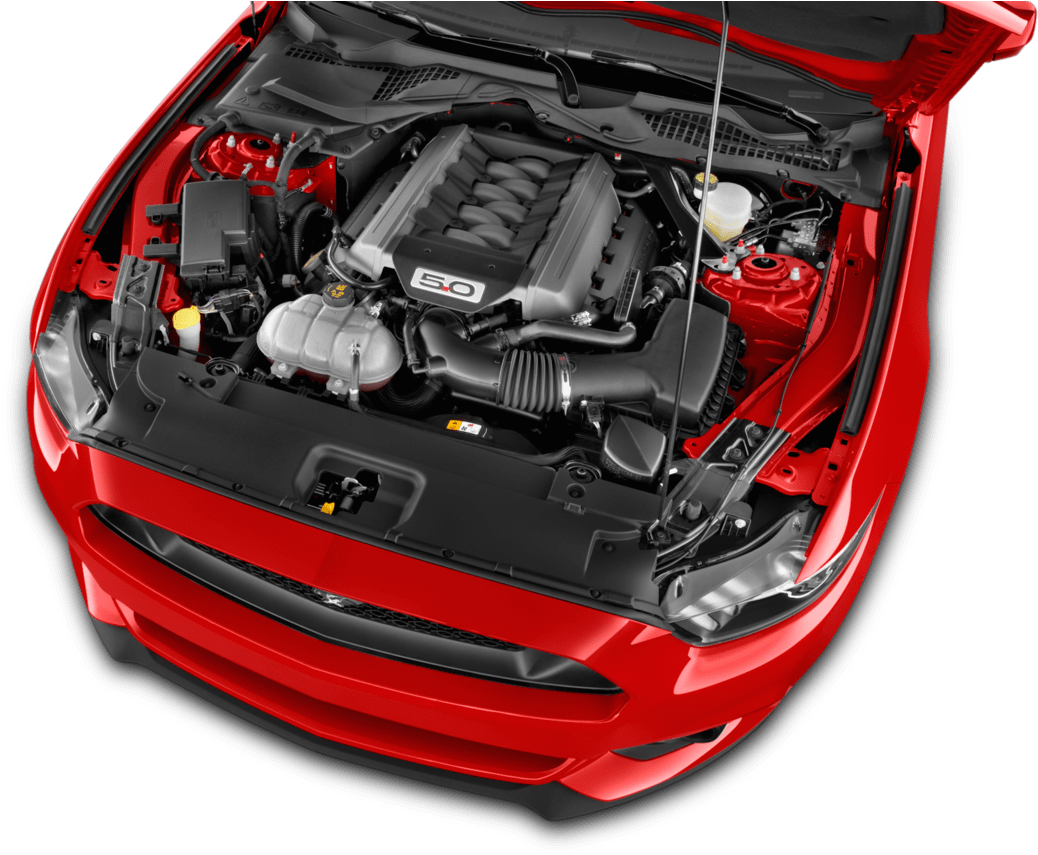Opel Corsa Engine: Top Tips for Upkeep and Care
Opel Corsa Engine: Top Tips for Upkeep and Care
Blog Article
Checking Out the Inner Workings of a Compact Car's Engine System
As vehicle drivers, we typically take for approved the complex processes that take place within the boundaries of our automobile's engine system. In this expedition of a small car's engine system, we will certainly untangle the inner functions of this mechanical harmony, shedding light on the secrets that drive us forward on our everyday trips.
Burning Refine Overview
The burning procedure in a compact lorry's engine system is a vital device that efficiently converts fuel into power to power the lorry. This procedure occurs within the combustion chamber of the engine, where fuel and air mix, spark, and generate regulated surges. The burning process consists of four main stages: intake, compression, power, and exhaust.
During the consumption stage, the piston relocates downward, reeling in a mixture of air and gas into the burning chamber. The next phase, compression, includes the piston relocating up, pressing the air-fuel blend to boost its strength. Subsequently, in the power phase, the ignition system fires up the pressed mix, causing a fast development of gases that forces the piston back down. This descending movement produces the power required to drive the vehicle. In the exhaust stage, the burnt gases are eliminated from the combustion chamber via the exhaust valve, preparing the chamber for the next cycle. This cyclic burning procedure is fundamental to the operation of a small automobile's engine system, ensuring effective power conversion for propulsion.
Piston and Cylinder Communication

The piston's specific fit within the cyndrical tube is essential for maintaining optimal compression and avoiding energy loss during burning. Limited clearances in between the piston and cyndrical tube wall surfaces make sure effective securing, enabling the piston to move smoothly without enabling gases to leak past. Proper lubrication is also vital to reduce friction and put on in between these parts, boosting long life and efficiency.
Moreover, the style and materials used in manufacturing the piston and cyndrical tube influence engine performance and toughness. Modern engines commonly utilize lightweight yet resilient materials like light weight aluminum alloys for pistons and cyndrical tube liners to decrease inertia and enhance thermal efficiency. In general, the unified communication between the piston and cyndrical tube is essential to the engine's performance and overall efficiency.
Fuel Shot System Capability
Gas shot systems in portable car engines play a vital function in precisely supplying gas to the burning chamber for efficient and controlled ignition. The gas injection system operates by infusing fuel right into the combustion chamber at the optimum moment during the engine's procedure (opel corsa engine). This exact timing guarantees that the gas mixes equally with the air for appropriate combustion, bring about enhanced gas efficiency and reduced discharges
There are primarily 2 types of gas injection systems utilized in compact automobile engines: port fuel injection (PFI) and straight site link fuel shot (DFI) PFI systems inject fuel right into the intake port prior to the intake valve, while DFI systems infuse fuel straight into the combustion chamber. Both systems have their benefits, with DFI providing far better fuel atomization and PFI supplying a more economical solution.
Comprehending Engine Air Conditioning Mechanisms
Effective operation of a compact vehicle's engine relies greatly on the performance of its cooling devices. The air conditioning system in a small car usually is composed of several parts functioning with each other to control the engine temperature. Understanding these engine cooling devices is crucial for preserving the performance and longevity of a portable automobile's engine system.

Exhaust System Components Explained
The optimal performance of a small car's engine cooling devices depends upon a corresponding system referred to as the exhaust system, which comprises numerous necessary elements for ensuring reliable discharges and engine performance. The exhaust system consists of components such as the exhaust manifold, catalytic converter, muffler, and tailpipe. The exhaust manifold accumulates exhaust gases from the engine's cyndrical tubes and routes them to the catalytic converter. The catalytic converter after that converts harmful toxins in the exhaust into much less damaging emissions prior to launching them through the muffler and tailpipe.
One crucial part of the exhaust system is the oxygen sensor, which checks the oxygen levels in the exhaust gases to aid control fuel usage and ensure ideal engine performance. opel corsa engine. Furthermore, the resonator might be present in some exhaust systems to minimize sound degrees. In general, the exhaust system plays an essential function in keeping engine efficiency, YOURURL.com lowering damaging exhausts, and guaranteeing a quieter driving experience for portable vehicle owners

Conclusion
In final thought, the compact automobile's engine system is a complex mix of components that interact to assist in the combustion process, transform fuel right into energy, and eliminate waste gases. Understanding the inner functions of the engine system, consisting of the piston and cylinder communication, gas injection system, engine air conditioning devices, and exhaust system components, is important for maintaining ideal efficiency and go to my blog efficiency of the automobile.
The combustion process in a small vehicle's engine system is an important device that efficiently transforms gas into energy to power the automobile.Gas injection systems in compact automobile engines play a critical role in exactly supplying gas to the combustion chamber for effective and regulated ignition.There are primarily two types of gas shot systems made use of in compact car engines: port fuel shot (PFI) and straight fuel shot (DFI) Recognizing these engine air conditioning devices is crucial for keeping the efficiency and long life of a compact vehicle's engine system.
The ideal functioning of a small automobile's engine air conditioning devices depends on a corresponding system recognized as the exhaust system, which consists of various important components for making certain reliable discharges and engine performance.
Report this page